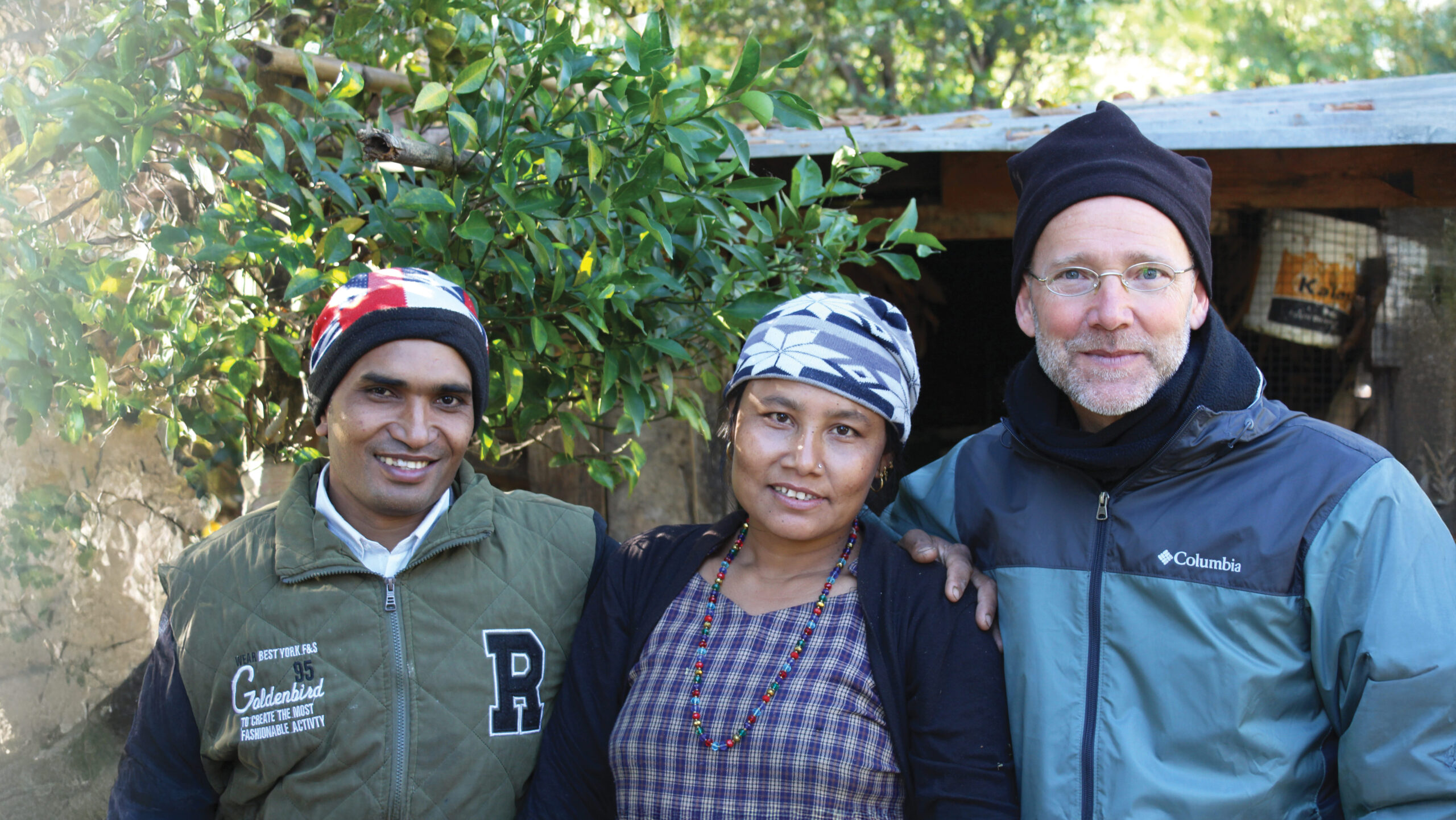March 27th, 2024
Living with a disability in Uganda
One billion people, or 15% of the world’s population, experience some form of disability. Persons with disabilities, on average as a group, are more likely to experience adverse socioeconomic outcomes than persons without disabilities. [1]
This is why we are actively working for the inclusion of people with disabilities, specifically in Uganda.
In countries like Uganda, a child with disabilities can be seen as a ‘curse’, which in turn can bring shame to a family. It is not uncommon for mothers to be told to abandon or even kill their infant child.

The consequences of such beliefs can be dire, and so it is a challenge for our International Needs Uganda team to work with – but through compassion, understanding, education, and providing the appropriate tools and equipment, we can overcome many of these harmful belief systems.
Commonly rooted in superstition, these views can result in situations where children with conditions like cerebral palsy are left lying on the floor. These children ‘can live lonely, miserable and isolated lives, suffering from malnutrition, respiratory problems or pressure sores. In the very worst cases, they die.’ [2]

Through our Disability Inclusion Project in Uganda, we are have been thrilled to see real change happening. For starters, there has been a remarkable 20% increase in primary school enrolment of children with disabilities.
Considering that in Uganda, ‘people with physical or intellectual disabilities are often considered a burden; unable to work, or to learn,’ [3] this has been an amazing achievement, all thanks to the incredible efforts of International Needs Uganda and our supporters. The number of children with disabilities attending 60 primary schools has risen from 1,966 to 2,378 between the end of 2022 and the first school term in 2023 – but we won’t stop here.

As part of the Disability Inclusion Programme we are
- Creating/maintaining Child Protection Committees
- Networking with leaders
- Providing sports equipment and mobility equipment
- Constructing ramps and adapted toilets
- Investing in livelihoods for families
- Supporting teachers with training
- Undertaking awareness raising in the community

Some of the ramps we have had constructed in schools to help make education more accessible
To see the current three year disability inclusion programme through to completion in February 2025, we are looking to raise £20,000 – which is the equivalent of us finding 500 people who were able to donate £40 each.
Being able to continue our programme will help to stop the stigma that ‘is fuelled by beliefs that people with disabilities are cursed.’ In fact, children with disabilities ‘rank among the most socially outcast and vulnerable in Uganda.’ [3]

Meet this resilient young man from Mukono, whose wheelchair was fixed and restored by our team
In Uganda, children with disabilities are more likely to:
– Be denied healthcare.
– Not attend school.
– At higher risk of abuse and sexual violence.
– Be hidden away, warehoused out of sight, or worse. [3]
Together, we can make education more inclusive and accessible for all.
If you are able to donate £40, or even just a few pounds, you could help towards transforming not only an individual’s life, but the way they are treated and perceived in their wider community.

[1] Worldbank.org, 2023
[2] Gov.uk, 2014
[3] The Irish Times, 2020

